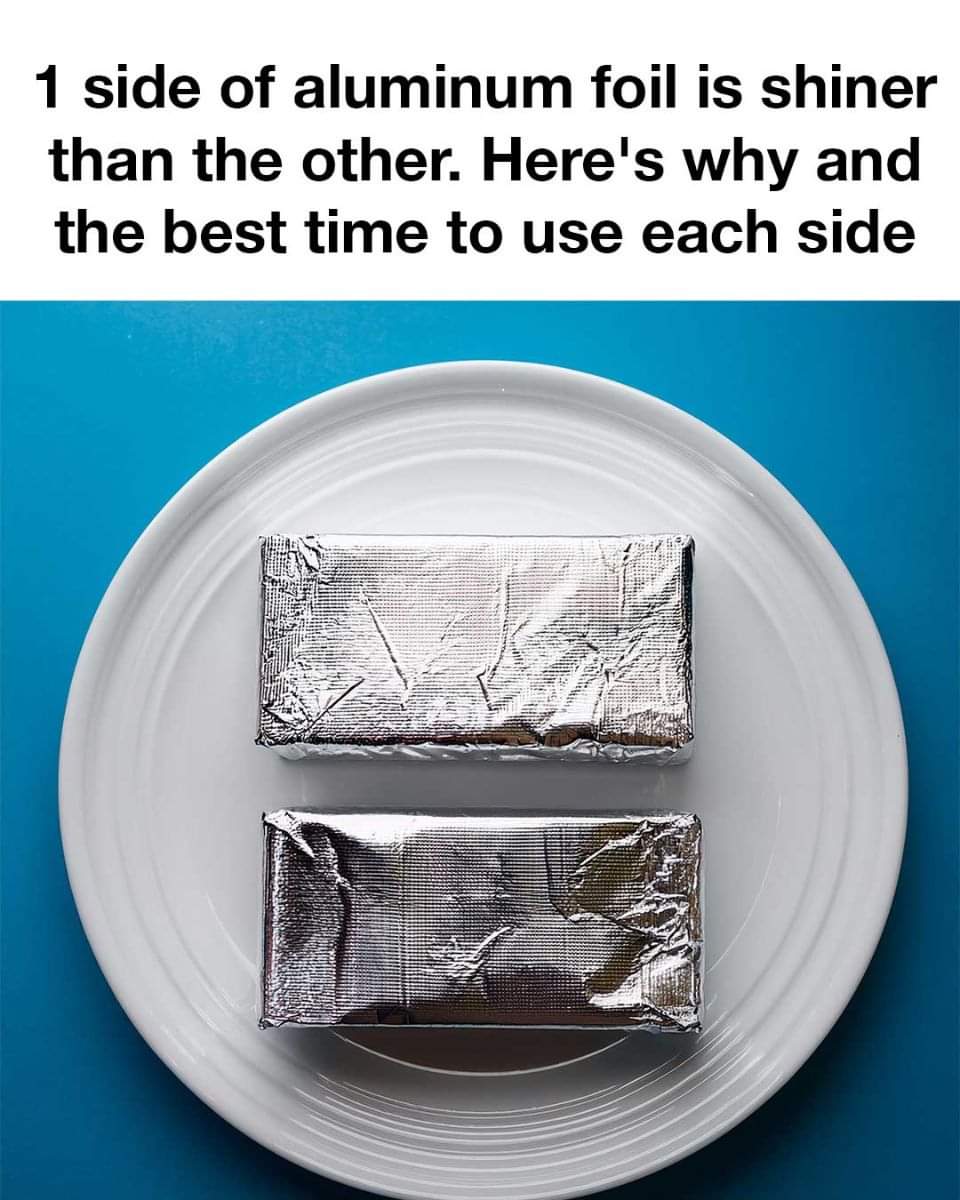ADVERTISEMENT

ADVERTISEMENT
Oh my, seriously didn’t know about this
The shiny side of aluminum foil can reflect heat better than the dull side, which can be beneficial when you want to retain heat. For example, if you are using aluminum foil to insulate food, wrapping it with the shiny side facing outward can help keep the food warmer for longer. Additionally, the shiny side can be helpful when you want to reflect heat back upwards, such as when broiling or grilling. However, it’s important to note that the difference in thermal reflectivity is minimal and won’t drastically impact cooking outcomes.
Optimal Situations for the Dull Side
The dull side of aluminum foil, while less reflective, is just as effective for most uses. If you need to reduce glare because of bright kitchen lighting or prefer a more subdued appearance, the dull side can be useful. When cooking items that may stick to the foil, some cooks prefer using the dull side, although both sides technically have the same non-stick properties. The matte finish can also be advantageous for tasks that require writing or labeling directly on the foil.
Myths and Misconceptions
A common myth is that the shiny side is for cooking, while the dull side is for wrapping or storing. Another misconception is that the shiny side should always face the food to reflect heat, which is not necessarily true. Science dispels these myths, revealing that both sides perform similarly. The primary difference lies in appearance, not functionality. Cooking enthusiasts often fall victim to these misconceptions, leading to unnecessary confusion.
ADVERTISEMENT
